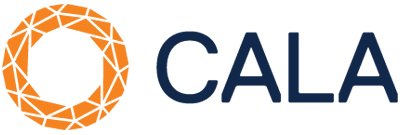
4301V: Use and Management of Control Charts -VIRTUAL - February 12-13, 2025
Date: February 12-13, 2025
Time: 11:30 am to 3:30 pm ET each day
Member: $561.00
Non-member: $660.00
The Control Chart is a graphical technique that allows laboratories to visualize the inherent variation in an analytical process. Once established, the control chart for quality control samples can be used as a criterion for test result quality. Control charts meet the requirements for the use of statistical techniques to monitor the validity of test results as outlined in ISO/IEC 17025.
The Use and Management of Control Charts course goes beyond the basics to provide a detailed understanding of control charts in a testing laboratory setting, including critical program considerations. It covers control chart signals in detail, application strategies for the use of control charts to identify process issues, and using control charts to direct remedial actions. Critical elements of control chart program management, such as pre-chart checks and limit recalculation strategies are also presented. Similar to the intro course, control charts from real-world laboratories are used to illustrate control chart principles.
Although completion of Introduction to Control Charts is highly recommended, it is not a requirement. See table below for course recommendations.
This is a one-day course that is split over two half-days.
 |
Participants require access to a computer and a microphone in order to take this training. A headset with microphone is highly recommended. A webcam is recommended, but not required. This is a virtual course. Please note: Only 1 participant per registration. Contact training@cala.ca (613-233-5300 x221) for group training options. |
Objectives
After completing this course participants will be able to:
- Identify a wide variety of control chart signals for analytical processes
- Use professional judgement in signal interpretation
- Apply control chart strategies to discern analytical process/subprocess performance
- Take appropriate remedial action based on the signals presented
- Analyze a dataset for suitability to control chart
- Identify fundamental issues in control chart program management
Which Control Chart course(s) should I take?

